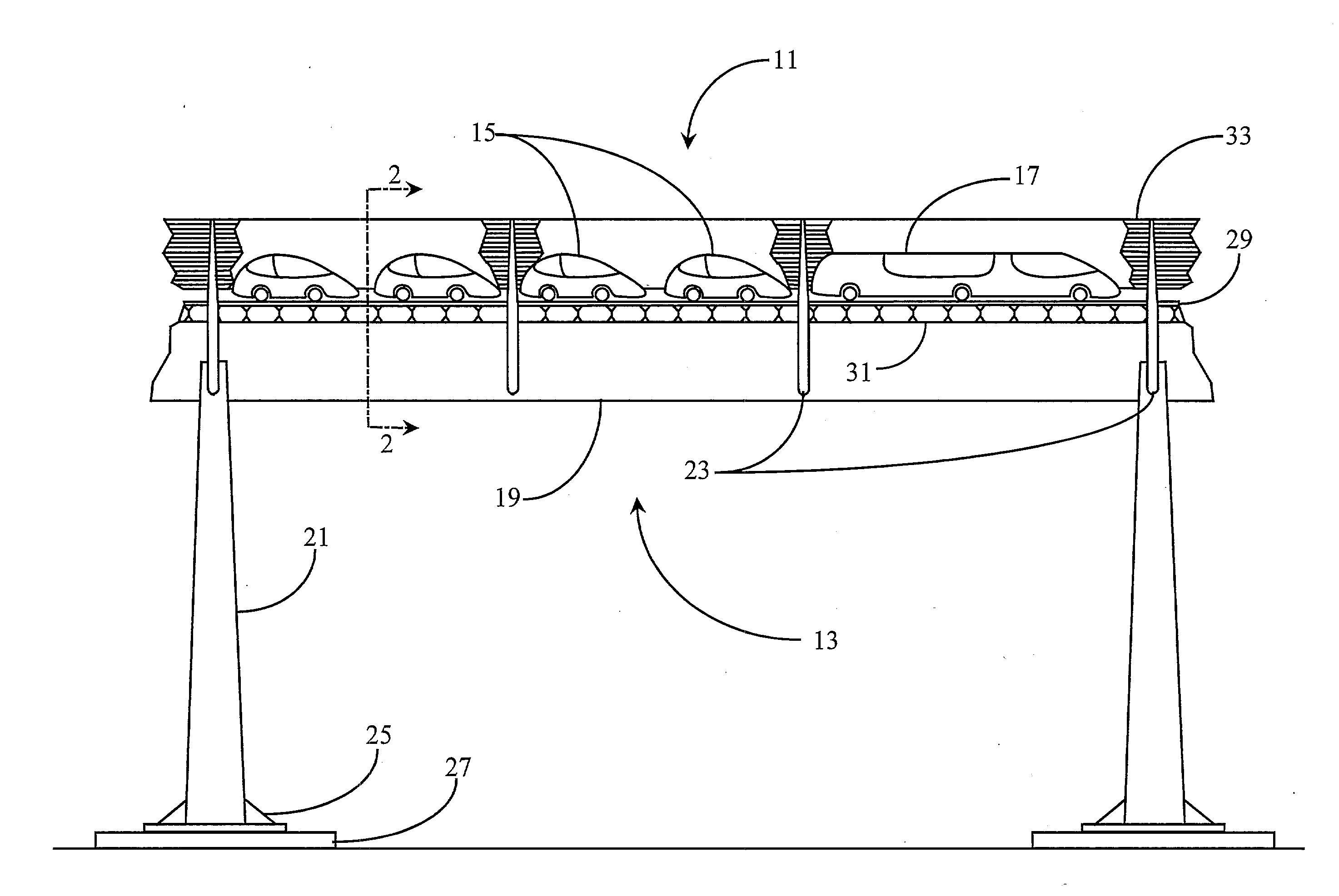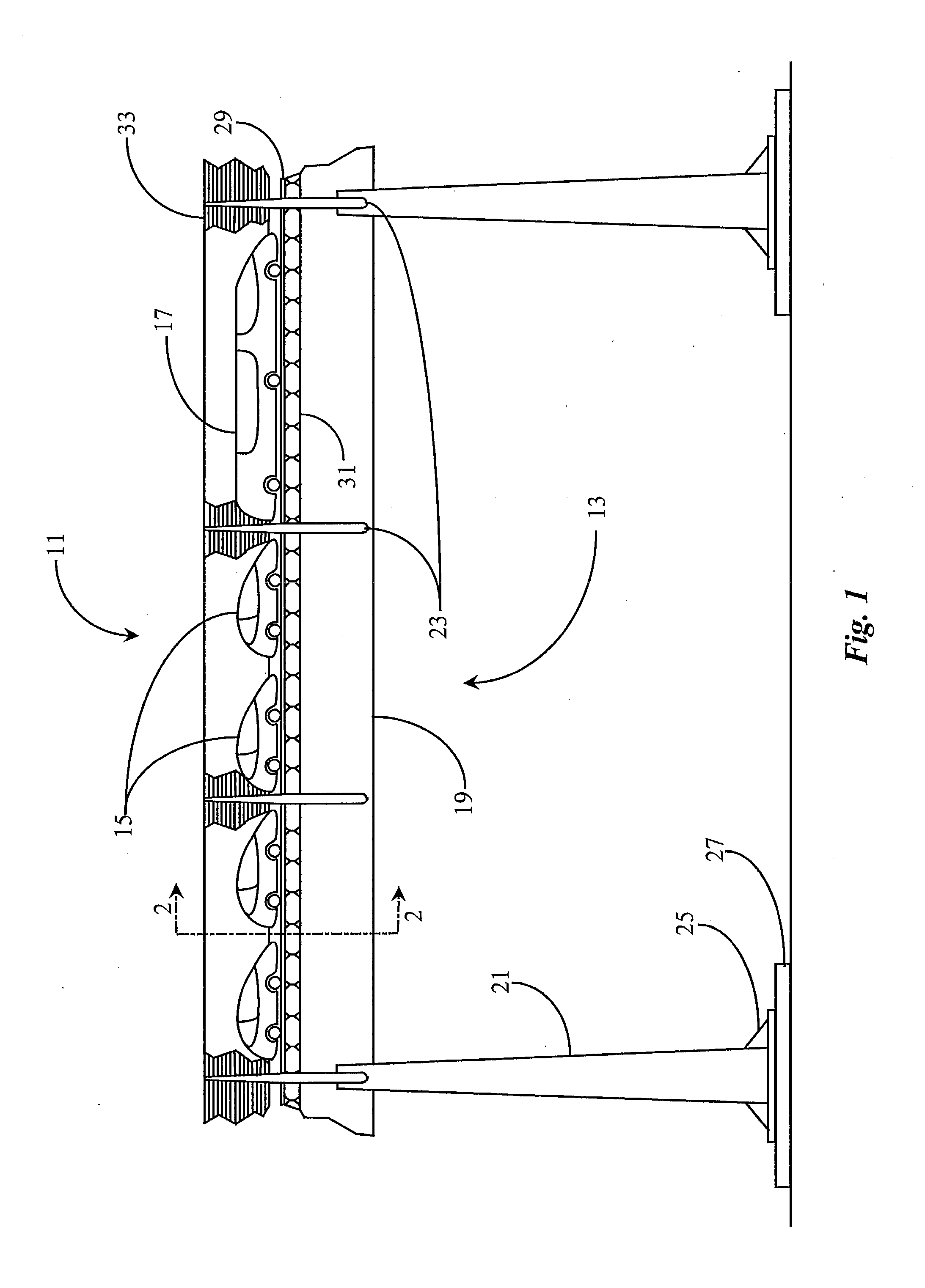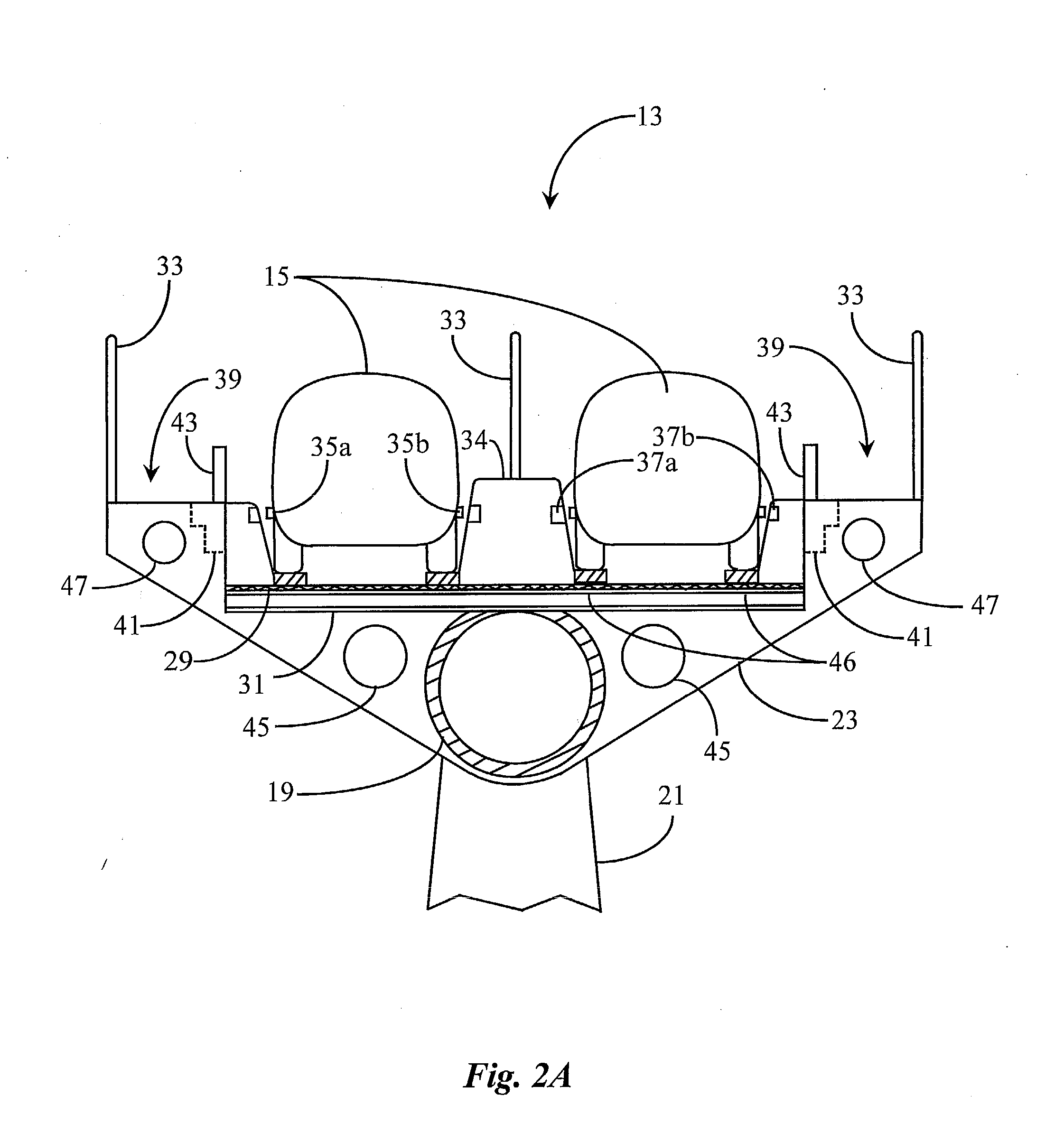Urban sprawl continues for many miles around Los Angeles, requiring ever more investment in highway infrastructure, which the relatively recent devastating earthquake in that area proves is a vulnerable investment.
There are also many congested urban areas around the world that are not modernized with respect to transportation.
Often too few roadways are available in these areas.
The roadways that are available are often congested to the point of gridlock.
Lacking rail systems, commuter-lane freeways and other such infrastructure enjoyed in more modern urban areas, these poorer areas are disadvantaged, at least from the aspect of efficient
transportation infrastructure, such that they may not contribute and develop economically, as they would be enabled to do if there were adequate transportation.
Moreover, rail systems and other common
mass-transit
modes are enormously expensive and must be generally supported through paying ridership by the public.
When enough individuals cannot be solicited to patronize such a
system, it may suffer from lack of maintenance, poor service, and in some instances, service may be discontinued altogether.
The alternative of building more freeways to accommodate individual motorists is extremely expensive and takes up otherwise
usable space.
While there have been efforts to provide more
personalization and individuality with respect to
mass-transit
modes, these systems are often prohibitively expensive, or do not provide enough individuality or
personalization to attract large numbers of users, which, in the long run is self-defeating.
Some of these prior art systems involve no more than providing improved communication between transit authorities and passengers, while others attempt to provide independent
modes of travel on special roadways that are modified from existing roadways, or built new at extravagant costs.
Breaking up existing roadways is extremely expensive as is building new roadways.
Moreover, with many roadways already widened to support special commuter lanes, it is doubtful that adding lanes for electric vehicles would be practical even if the expense could be met.
However, passengers still must pack in as a group and do not have any individual control accept for boarding and disembarking, as with conventional
bus systems.
No dual mobility is afforded with these rail systems which is a common constraint seen with many prior art aboveground rail systems.
One problem with this
system is that it relies on a special roadway that must be modified from an existing roadway, or created new.
As described above, tearing up existing roadway to embed special surfaces and electromagnetic modules is prohibitively expensive.
Similarly, the amount of
electric current needed to provide power for the embedded coils limits the scope of Stull'
s system requiring, that it be implemented for short distances only such as in urban locales.
Moreover, in areas where heat during the summer may cause unusual demand on
electricity, the
system appears vulnerable.
Unfortunately, the
global system uses hardwired local control stations having a plurality of roadway modules that must be installed and operational for successful vehicle to system communication.
Such wiring and distributed modules must be constantly maintained and tested which is an ongoing and considerable expense.
More importantly, vehicles traveling on the guide-way are not self-propelled.
This fact introduces an undesired complexity wherein the
global system must communicate with each vehicle and the power source supplying the shared power.
This kind of complexity is difficult to maintain even over short distances.
While this capability may be impressive in a long, straight, commute, a
short distance would never require such capability, and as Stull's vehicles are not constrained to the guide-way, an element of danger is exposed at higher speed levels.
As can be seen above, Stull et al, while able to provide some individual privacy for commuters by way of dual-mode vehicles, fails to provide a system that is economical and practical for more than short-range use.
It is even dubious that a short-range system practicing under the concepts of Stull et al. could be implemented economically, especially in areas that are not particularly rich in resources.
Another apparent difficulty with the mass transit systems described above as in and defining the state of the prior art, is that all are relatively mechanically complex.
That is, they all require in some degree power distribution in the roadway, complicated mechanical switching, and the like.
Complexity equals expense and unreliable operations.
 Login to View More
Login to View More  Login to View More
Login to View More 


